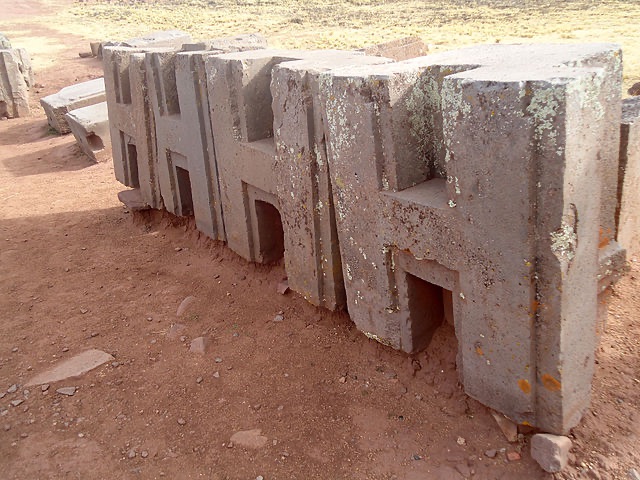Puma Punku, a significant archaeological site, lies in the Bolivian Andes at an altitude of over 12,000 feet. It’s part of the larger Tiwanaku site near Lake Titicaca, one of the most important pre-Columbian sites in South America. Puma Punku amazes with its finely cut stones and intricate masonry, which have puzzled archaeologists and researchers for years. The precision of its stonework suggests advanced knowledge of stone-cutting, engineering, and geometry. Despite its ruinous state, Puma Punku continues to be a subject of fascination, drawing attention to its potential as a center of ancient technology and culture.
Get your dose of History via Email
Historical Background of Puma Punku
The discovery of Puma Punku dates back to the Spanish Conquest, although it gained scholarly attention much later. Researchers believe the Tiwanaku people built this site around 536-600 AD. However, it’s unclear who exactly discovered the site, as it was known to local populations long before European contact. The Tiwanaku empire, which thrived from 300 to 1000 AD, is credited with Puma Punku’s construction. This civilization had a vast influence in the Andean region, and Puma Punku is thought to be one of its most significant ceremonial centers.
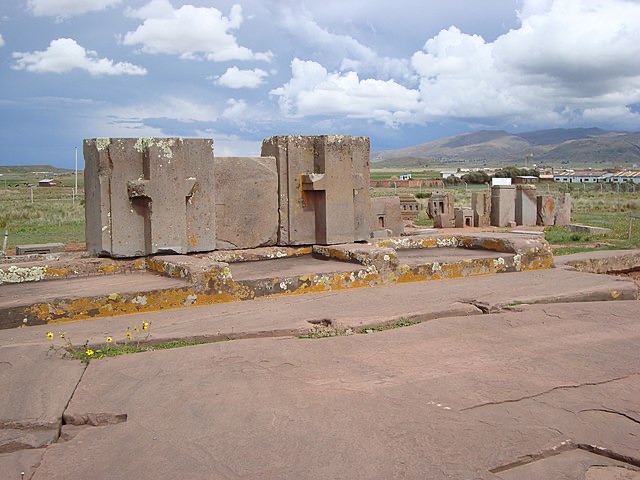
Over time, Puma Punku has seen various inhabitants and has been the scene of significant historical events. After the decline of the Tiwanaku state, the site was not entirely abandoned. It continued to hold cultural significance for local communities. The Incas later revered the site, incorporating it into their own cosmology and history. They believed it to be the place where the world was created.
Despite its historical importance, Puma Punku has not been the scene of any known major battles or political events. Its significance lies more in its cultural and religious importance to the people who built it and those who came after. The site’s construction techniques and architectural features suggest it was a place of high importance, likely serving a ceremonial or ritualistic purpose.
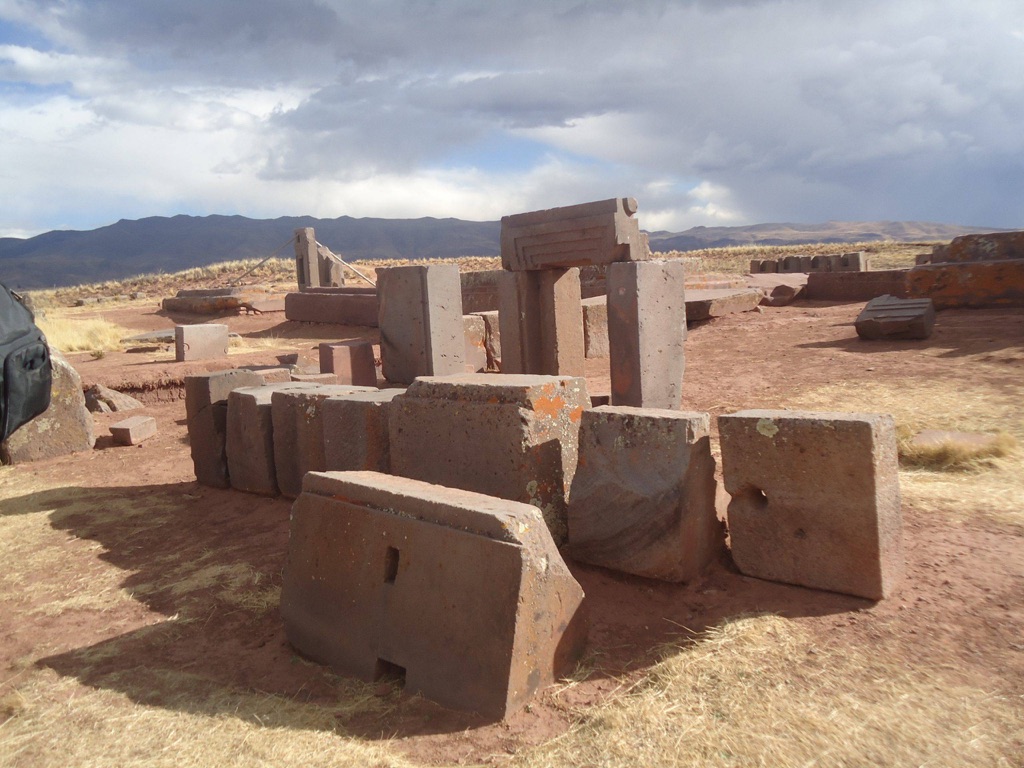
Archaeological excavations at Puma Punku have been limited, but they have provided some insight into the people who built this enigmatic site. The Tiwanaku civilization is known for its advanced agricultural practices, social organization, and distinctive art and architecture. Puma Punku stands as a testament to their engineering prowess, with some stones weighing over 100 tons precisely cut and placed.
While Puma Punku’s exact purpose remains a mystery, it’s clear that it was a significant part of the Tiwanaku culture. The site’s layout, architecture, and the quality of its stonework indicate a sophisticated understanding of design and construction. Despite the lack of written records, Puma Punku continues to offer valuable insights into the pre-Columbian Andean world.
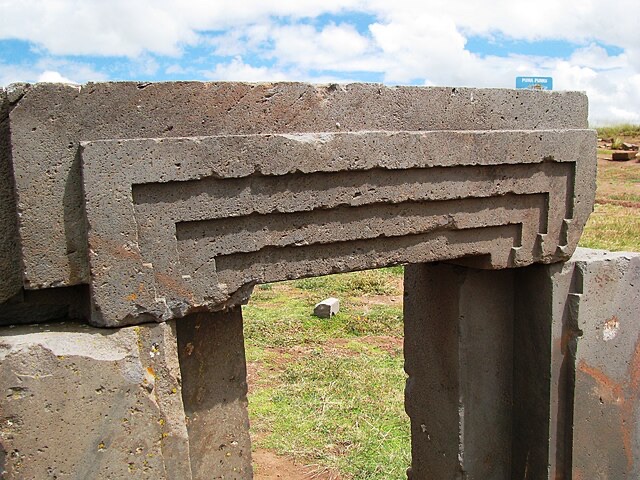
About Puma Punku
Puma Punku is renowned for its large stone blocks, some weighing over 100 tons, cut with precision that defies explanation. The stones are interlocked with complex dovetail joints and elaborate carvings, suggesting a high level of craftsmanship. The quarry for these stones was located some 10 kilometers away, raising questions about how the Tiwanaku people transported them to the site.
The construction methods of Puma Punku have baffled experts. The precision with which these massive stones were cut and aligned suggests advanced tools and knowledge. Some stones have perfectly straight lines and sharp corners, with drill holes and interlocking joints that seem to require sophisticated technology.
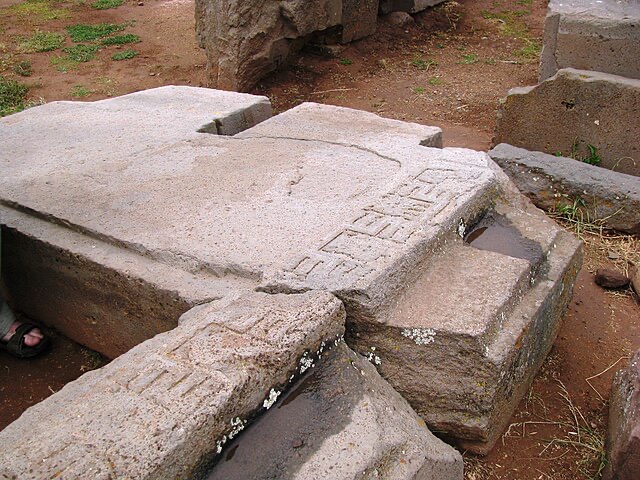
Architecturally, Puma Punku is a marvel. The site includes a terraced platform mound, faced with megalithic blocks. It’s believed to have been a “Pumapunku complex,” which included plazas, residential areas, and a large pyramid-like structure. The layout suggests it was designed with astronomical alignments in mind, as is common in many ancient civilizations.
The building materials used at Puma Punku were primarily red sandstone and andesite, with the latter being used for the more intricate masonry. The andesite was harder to work with, but the Tiwanaku managed to carve it with great detail. This choice of materials reflects the importance of the site, as andesite was considered a valuable resource.
The architectural highlights of Puma Punku include the H-blocks, famous for their uniformity and precision. These blocks are identical in shape and size, suggesting they were made according to a standardized design. The purpose of these H-blocks is still unknown, but they are a key feature that points to the technological sophistication of their builders.
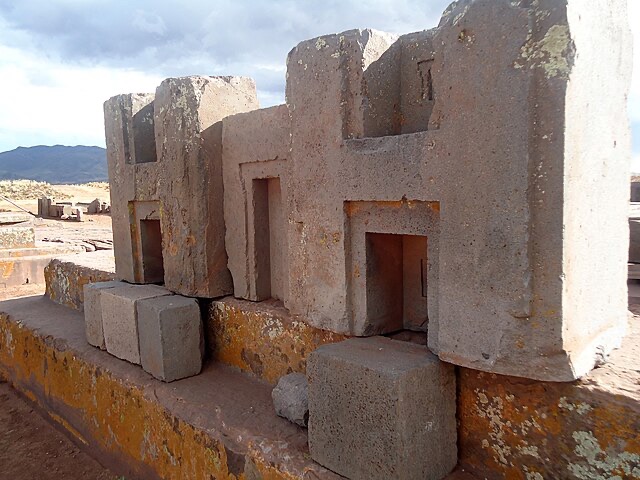
Theories and Interpretations
Several theories attempt to explain the purpose and construction of Puma Punku. Some suggest it was a religious temple, while others believe it was an astronomical observatory. The precision of the stonework has led to speculation about the tools and methods used by the Tiwanaku people, with some theories proposing the use of advanced, unknown technologies.
The site’s alignment with astronomical phenomena has fueled theories about its use as an observatory. Some researchers have noted alignments with solstices and equinoxes, which could have been important for agricultural or ceremonial purposes. However, without written records, these interpretations remain speculative.
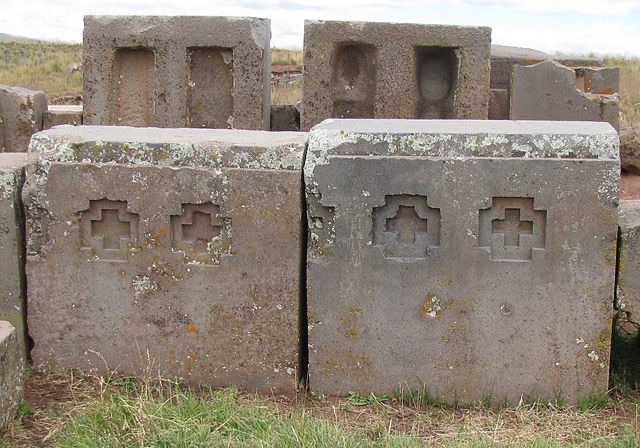
Mysteries abound at Puma Punku, particularly regarding the logistics of its construction. The transportation and placement of the massive stones are still not fully understood. Some researchers have suggested the use of a labor force numbering in the thousands, while others have proposed the use of ramps or other simple machines.
Historical records are scarce, but some aspects of Puma Punku have been matched to oral traditions and iconography found in other Tiwanaku sites. These comparisons have helped to piece together potential uses for the site, such as a place for elite gatherings or ceremonial activities.
Dating of Puma Punku has been carried out using carbon dating and other methods, placing its construction in the early part of the Tiwanaku period. However, the lack of organic material associated with the stonework makes precise dating challenging. Theories about the site’s age and purpose continue to evolve as new evidence emerges.
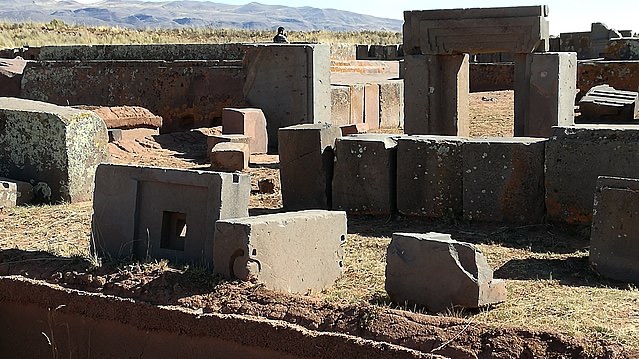
At a glance
Country: Bolivia
Civilization: Tiwanaku
Age: Approximately 1500 years old (536-600 AD)
Conclusion and Sources
Reputable sources used in creating this article:
- Wikipedia: https://en.wikipedia.org/wiki/Pumapunku
- World History Encyclopedia: https://www.worldhistory.org/Tiwanaku/
- UNESCO World Heritage Centre: https://whc.unesco.org/en/list/567

